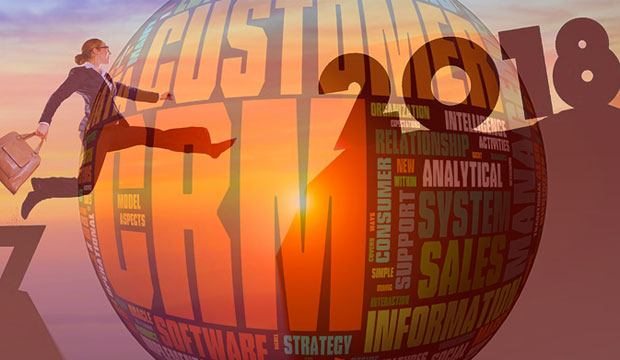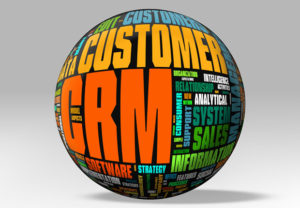For the last 20 years, CRM has occupied a preeminent niche in enterprise software. It has been the hip, up-and-coming solution in the front office, brimming with innovation and new approaches to some difficult problems that go back a long way.
CRM applied basic database technology to a business’ chaotic collection of customer data, streamlining business practices and boosting productivity, not only in sales but in service as well. Cloud computing, marketing automation, collaboration, social media, mobility, analytics and many other technologies piled into the suite too. This continual invasion is partly what gave CRM its aura of innovation.
Innovation goes through a life cycle that begins with early adopters and ends with late adopters or even non-adopters. CRM has been in a middle adopter market for many years, even as vendors seem to reinvent themselves every couple of years in attempts to make the industry new again.
Reinvention gives that feeling of innovation and newness, but make no mistake about it, the industry has been maturing nonetheless, and it shows in the customer base. It’s hard to find a company that doesn’t have some form of CRM. Many are on their second or third vendor, still trying to get it right.
These ideas have been percolating in my mind for a while. I attended SugarCon, SugarCRM’s customer meeting, in Las Vegas last week, and the ideas began crystalizing. What impressed me off the bat was how many customers were from what I’d call nontraditional CRM backgrounds and industries.
Sugar has significant bragging rights from its relationship with IBM, which uses about 80,000 seats of Sugar. Also in its eclectic user base are a company that sells and maintains school buses, a paper company, and a Canadian grocery chain.
Many of the attendees at SugarCon told me their companies were seeking core CRM with fewer of the grab bag of add-ons available now. They want to implement something that will get their basic business functions running. They might take on advanced functionality, but first things first.
Historically in CRM, there has been a division between SMB and enterprise users, but something tells me that division either is no longer operative or it has changed.
With cloud computing, every CRM product is available to any company that wants it, regardless of size. This has enabled small companies to compete with bigger ones on an equal footing where data and information access are concerned. So CRM has largely dispensed with the big vs. small company divide, except where a customer needs more bodies to run things.
The Mason-Dixon Line in CRM now is between early and late adopters — those companies that just want something that works. They also might have needs that we’d see as outside of CRM proper too, but they don’t care.
Understanding Late Adopters
Later adopters are often companies that are more conservative. They aren’t the first to buy a bright and shiny object, and they tend to be from industries that make things, and need support for business processes that don’t change all the time.
That’s a different requirement from conventional CRM, which seems more oriented toward rapidly evolving businesses, especially in the tech space.
Late adopters, based on my observations, are also companies still on a CRM quest. Many already have CRM, or have had it in the past, but for various reasons the implementations were less than totally successful, to the point that many return to the market for another vendor.
So my observation is that we may be in the midst of seeing a new category emerge — CRM for late adopters.
Unlike historical CRM, late-adopter CRM is hard to define. It may or may not use extensions like social and AI, and it may or may not have big sales or service needs. Instead, it may be highly dependent on marketing and field service.
In common across many businesses I’ve been watching, there’s a strong need for peripheral applications that might come from third parties. This results in a need for good integration capabilities and raises the importance of platform.
My Two Bits
Regardless, you can be sure that late adopters have at least one thing in common: They expect their CRM package to be really easy to implement, manage and use, and to a degree they expect their CRM vendor to be easily accessible and to offer the services they need without a lot of running around.
That’s the big contrast with earlier buyer types. Early buyers need little handholding and the need rises as you get closer to later adopters.
There’s still a great deal of life in the CRM market, which will continue as long as vendors keep adding functionality. However, there’s a growing demographic of users that want CRM with only some of the bells and whistles, and they expect all of the service and support of a major implementation without having to pay top dollar.
We call this progress.























































